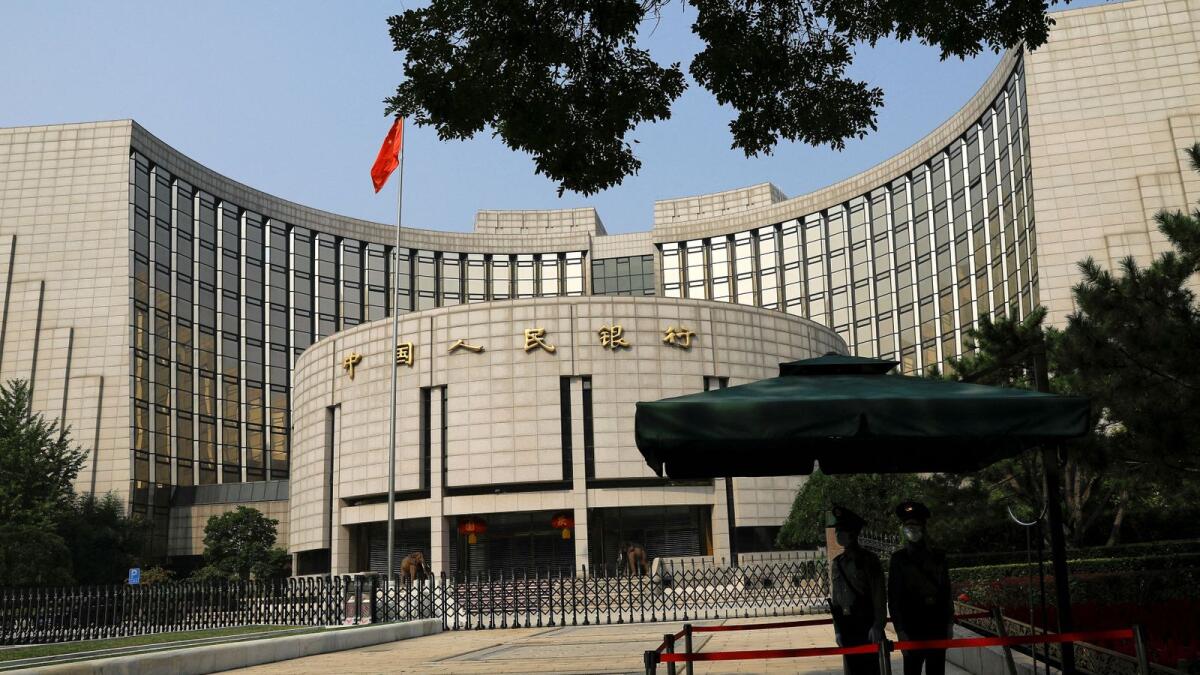Several Chinese regional banks have reported a significant increase in their investment income in the first half of the year, even as their primary lending activities faced challenges. This shift in focus towards investment income comes as the economy in China continues to struggle, and banks are forced to explore other avenues for revenue generation due to narrow margins and low loan rates. Rural commercial banks, which typically lend to support small businesses, are now diverting more funds towards trading bonds and other financial assets, indicating a departure from their traditional role.
Despite efforts by Beijing to revive the economy amidst a property sector crisis and sluggish consumption, Chinese lenders are still grappling with various challenges. Funds and retail investors have been flocking to the safety of bonds, leading to concerns from authorities about a potential bubble in the bond market. This trend has prompted rural commercial banks to increasingly rely on investment income, which now accounts for around 30% of total revenue for some banks, marking a significant increase from previous years.
Two specific examples, Suzhou Rural Commercial Bank and Zhangjiagang Rural Commercial Bank, saw their investment revenues surge by 116% and 176% respectively in the first half of the year, while their net interest income declined. This trend highlights the growing importance of investment activities for these banks, as they seek to offset the challenges faced by their lending businesses. The main driver behind the growth in investment income for these banks has been the disposal of debt investments and financial assets held for trading purposes.
Elaine Xu, the director of Asia-Pacific financial institutions at Fitch Ratings, emphasized that rural commercial banks are facing significant asset quality and profitability challenges, especially in economically weaker regions. She noted that loan growth has slowed down this year due to subdued demand and increased competition from larger banks, which are dominating lending to micro-small enterprises. To combat the pressure on their net interest margins, some of these banks have adopted a more aggressive approach towards trading investments.
In conclusion, the shift towards investment income for Chinese regional banks underscores the challenges they face in a tough economic environment. As they navigate through narrow margins and intense competition, these banks are exploring alternative revenue streams to sustain their businesses. The growing reliance on bond trading and financial assets reflects a broader trend in the financial sector, where traditional lenders are adapting to changing market conditions. Despite the challenges, these banks are demonstrating resilience and adaptability as they seek to navigate a complex and evolving financial landscape in China.











